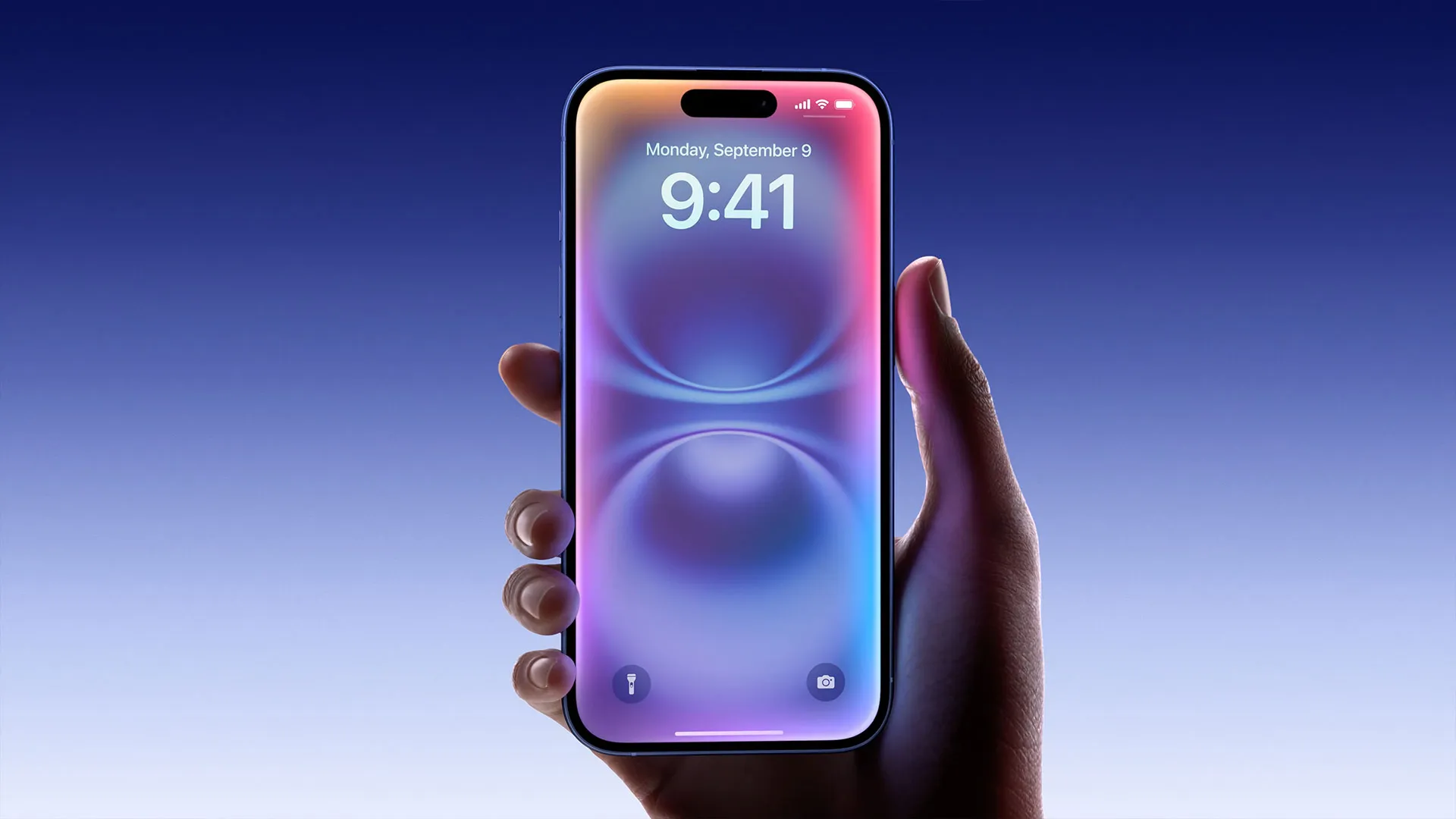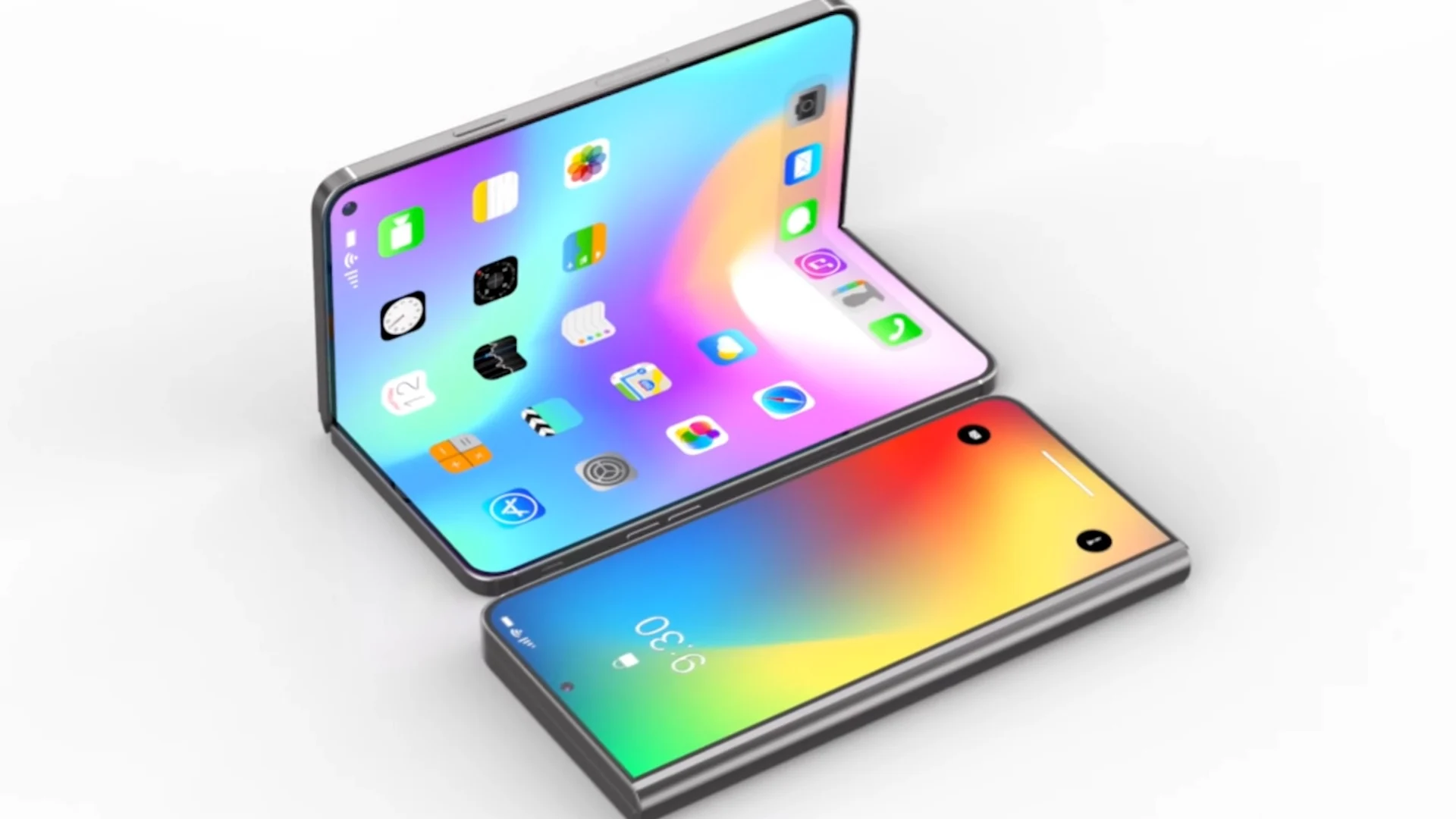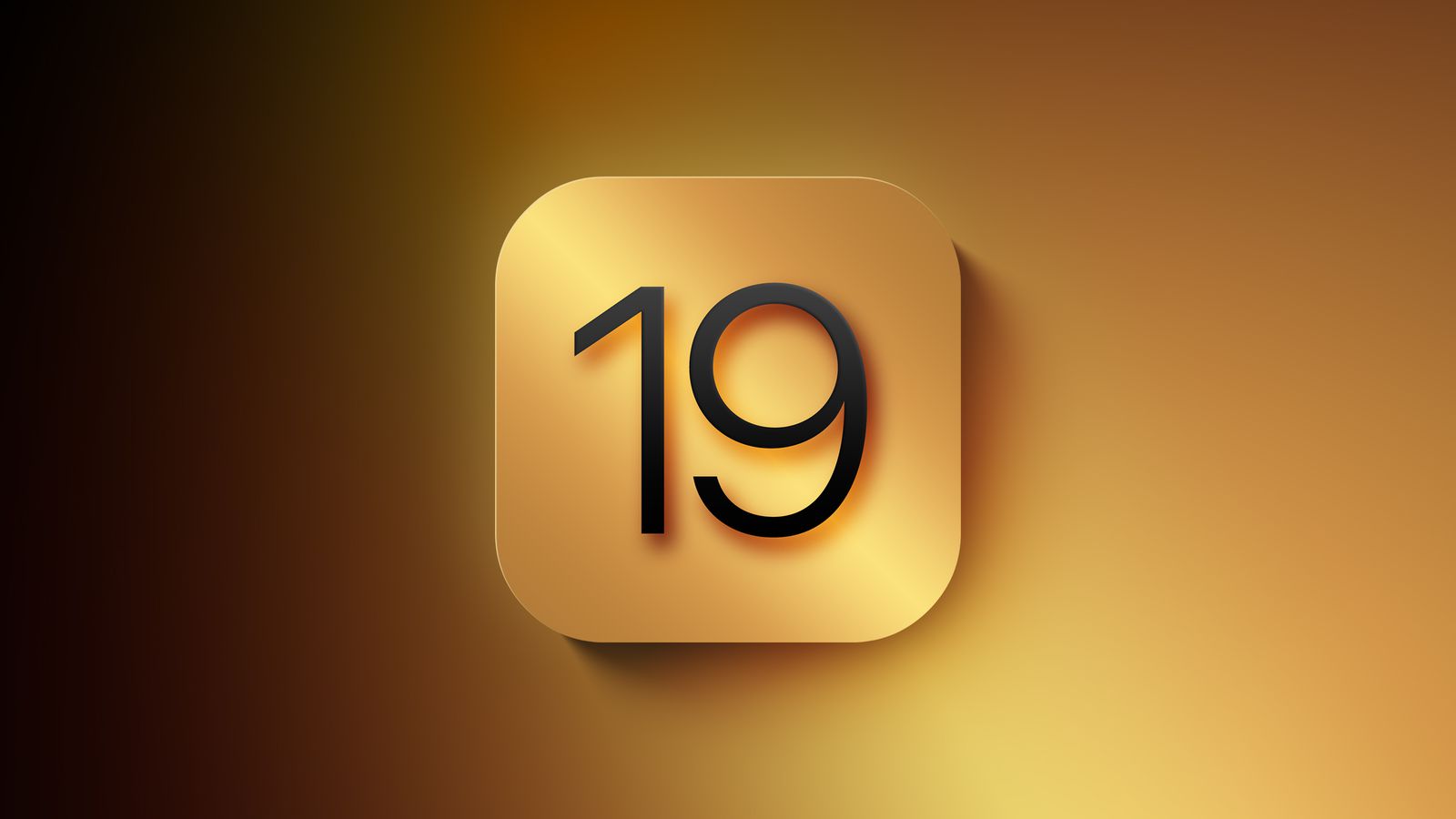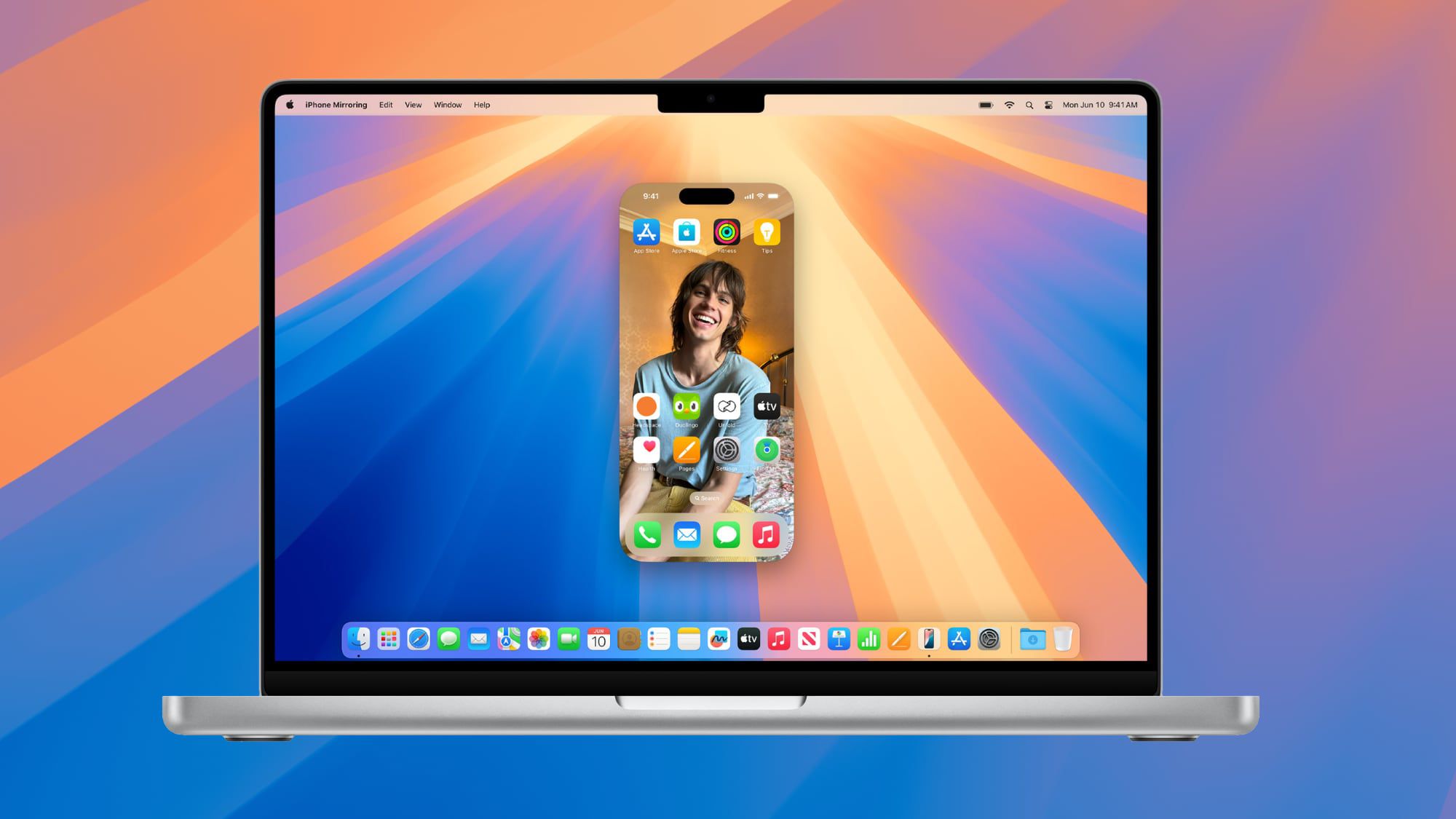Apple fans, get ready! The iOS 18.4 update is dropping next week, bringing some cool new stuff to your iPhone. This update isn’t huge, but it’s got a few handy tweaks and fixes to make your phone work even better.
First up, there’s a small upgrade to how apps talk to each other, making things smoother when you switch between them. Think of it like oiling the gears—everything just flows nicer. Plus, Apple’s patching up some bugs that have been annoying users, like random app crashes or glitchy notifications. No one likes those, right?
There’s also a tiny boost to battery life. It’s not a game-changer, but your phone might last a bit longer before needing a charge. And for those who love snapping pics, the camera’s getting a slight tune-up to handle low-light shots better. Say goodbye to blurry night photos!
The update will roll out over the air, so you won’t need to plug into a computer. Just head to your settings, check for updates, and download it when it’s ready. It’s quick and easy—Apple says most people will have it installed in under 20 minutes.
Mark your calendars for next week, probably around Tuesday or Wednesday based on Apple’s usual timing. Keep an eye out, because iOS 18.4 is all about making your iPhone a little sharper and more reliable!





